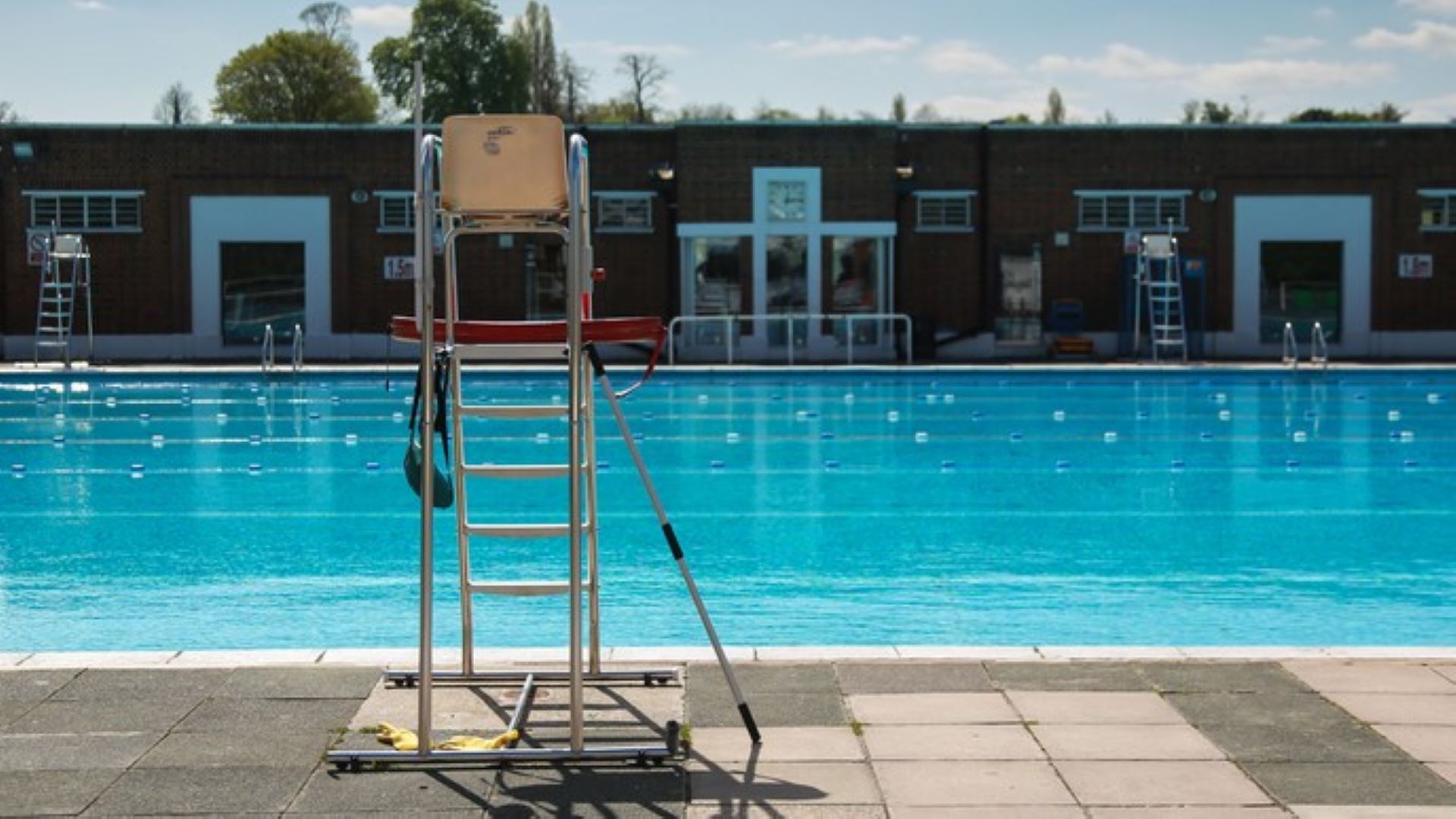Pool Practices for Nonaquatic Athletes

When nonaquatic teams conduct pool practices, injuries can occur if swimming skills are assumed or not assessed. Athletic ability in one sport doesn’t transfer to another, and even athletes in excellent physical condition may not know how to swim. Your K-12 school, college, or university’s coaches shouldn’t assume all athletes can swim or are physically able to practice outside their normal environments.
United Educators’ (UE’s) review of K-12 and higher education drowning claims indicates that when nonaquatic sports teams conduct practices in pools, students are at a higher risk of injury or death than when they conduct practices traditional for their sports.
Consider these examples:
- A cross-country athlete drowned when the coach left the team unsupervised to practice water running drills in a pool. Team members weren’t using the recommended flotation belt.
- An international student who couldn’t swim drowned when a soccer team conducted an alternative pool workout. No coach ever asked if he could swim.
Failure to determine an athlete’s ability and comfort level in a pool is particularly risky when the team includes vulnerable populations: first-year students, international students, or students with disabilities. These athletes may not understand the workout, may never be asked about comfort or familiarity with swimming, and may be too afraid to speak up.
A common institution defense from institutions is that the athlete assumed the risks associated with the sport. It is much more difficult to present this defense when practices occur outside the sport’s normal routine.
Reduce Risks Associated With Practice in Pools
Alternative pool practices prevent loss of workout days due to inclement weather. In addition, cross-training athletes can improve conditioning and performance. To confront the risks alternative pool practices pose, consider these actions:
- Get approval for pool practices from an administrator responsible for safety issues, such as the Athletic Director. Do this before the season begins. The administrator should know what venues are available, safety protocols, and the availability of lifeguards — particularly if practices are scheduled when lifeguards ordinarily would not be on duty.
- Have coaches review any emergency action plan to make sure it covers alternative practices in the pool. Create an emergency action plan for each sport and venue.
- Ensure each athlete passes a swim test before beginning an alternative pool practice. Develop test requirements with the assistance of lifeguards and swimming coaches; common elements include swimming the length of the pool and treading water for a minute. Complete this swim assessment before the season begins.
- Provide constant supervision by certified lifeguards during practice. All coaches who serve as lifeguards should be certified and relieved of any coaching responsibility. Ensure an appropriate swimmer-to-lifeguard ratio.
- Allow athletes to acclimate to the water. Don’t expect students to practice at maximum intensity immediately. Allow them to get comfortable with the new workout and warm up to prevent injury.
- Use appropriate equipment, including flotation devices, if necessary. Ensure equipment used is in good condition.
- Provide training to all lifeguards, coaches, and athletic trainers. Train them on cardiopulmonary resuscitation, automated external defibrillators, and first aid.
- Don’t violate your institution’s policies. Ensure pool safety rules are prominently posted and always followed. Trained lifeguards are most knowledgeable about pool rules and policies.
- Use releases and assumption of risk forms when appropriate. The list of known risks must be specific and should include examples of alternative pool practices.
More From UE
About the Author
-
Joe Vossen, JD, CPC
Resolutions Counsel
Joe is a member of UE’s Resolutions department, where he handles bodily injury and education liability claims. He is a former member of UE’s Risk Research team and, prior to that, practiced insurance defense law. His areas of expertise include LGBTQ protections, use of force by campus police, athletic injuries, and study abroad.





